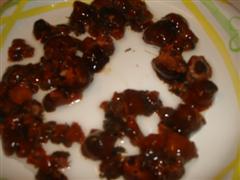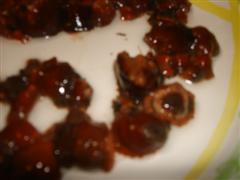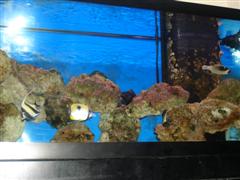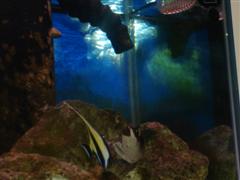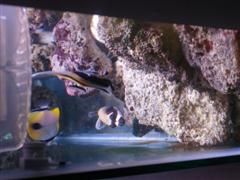ATJ, good point, I myself have never seen more then three of them at a time. I have heard that juviniles school but I have never seen that either. Then again, I diden't see any juviniles either so I can't comment on that.
As for feeding sponge, I am sure it is not a requirment but since I have seen them eat mostly sponge that is what I add to their diet. Of course I don't know how beneficial New York Sponge is for them but after five years mine seemed very healthy and I fed him sponge almost every day but it is true that any fish needs more than one type of food. I also fed nori, clams, squid, mussels, whole fish, bananas, avacado, plankton, mysis, live black worms, brine shrimp etc. His diet was also enriched with vitamin "A". My 100 gallon long tank was much too small for a 7" Idol but I had a problem and lost almost all of my fish including the Idol. I have no doubt that I would still have it if it were not for that problem and It seemed he would live out his normal lifespan of (I believe) ten years or more.
I have no scientific data pertaining to New York sponge as I have never before fed it to anythine else but after a while, almost all of my fish, including a copper banded butterfly ate it. It may have some nutritional advantage due to the "rich" qualities of northern water.
Paul


